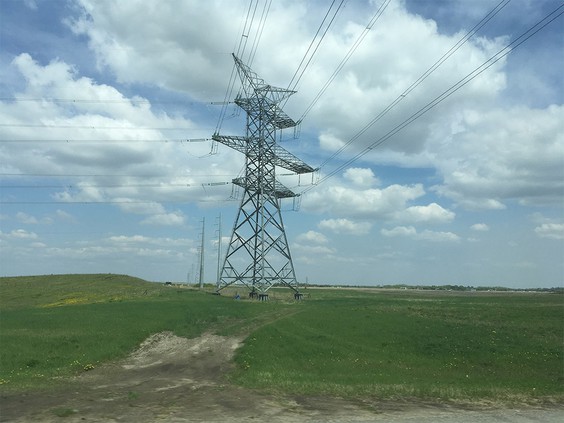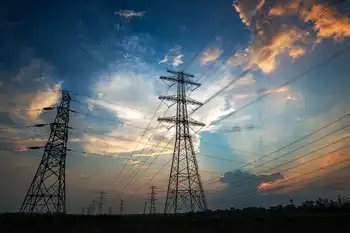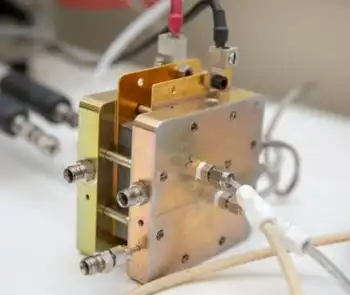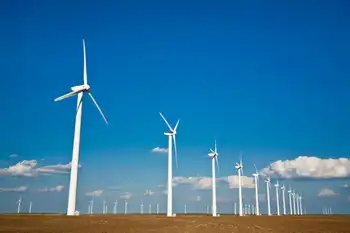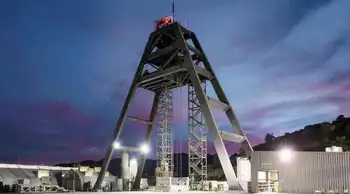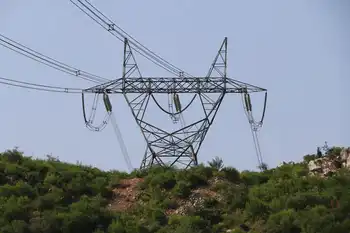Dairies convert waste into biogas
By Knight Ridder Tribune
NFPA 70b Training - Electrical Maintenance
Our customized live online or in‑person group training can be delivered to your staff at your location.

- Live Online
- 12 hours Instructor-led
- Group Training Available
Wind turbines, solar panels, ocean waves, even orange peels and sawgrass have been tapped as alternative forms of energy in recent years. But biogas is the real scoop and the straight poop, literally, when it comes to renewable electricity.
California will get up to 16,000 cubic feet of renewable natural gas a day, enough to meet the electricity needs of approximately 150,000 California homes over ten years in two separate biogas deals announced in mid-October. Bakersfield-based BioEnergy Solutions and New Hampshire's Microgy will capture the gas at dairy farms, clean it and deliver it to Pacific Gas & Electric.
A PG&E manager noted that it's not a big stink yet, however.
"The actual big numbers (for biogas) aren't going to start until 2009 and later," said Rod Boschee, manager of business development for PG&E. Under a mandate from the state of California, the utility must get 20 percent of its energy from renewable sources by 2010.
While the party is just getting started with regard to biogas, the potential for energy saving is great. There are about 1,900 dairies and 1.7 million dairy cows in California, Boschee said. Some of these highly productive cows will be supplying energy for California's natural gas pipeline.
At other farms, the cows will provide electricity to power their own dairies, taking a huge load (as it were) off California's energy grid.
"There are three reasons we think biogas is great," said Jennifer Zerwer of PG&E. "First, it's helping reduce vast amounts of harmful methane gas from Central Valley communities - where air quality is already compromised. Methane gas is 20 times more endangering to the atmosphere than carbon dioxide."
Though surprising at first, this statistic won't astonish anyone who has passed the Harris Ranch beef cattle feedlot abutting Interstate 5 on the way to Los Angeles; its aroma is indeed more unpleasant than car exhaust.
"Second, it's providing a revenue stream for these communities," Zerwer said. Farms can sell the biogas to energy companies. They can also sell "carbon offsets," marketable credits bought by companies trying to make up for the carbon dioxide or other pollutants they generate. "Third, it's providing our customers with renewable, clean energy," Zerwer said.
Some, especially those endowed with a keen sense of smell, might quibble with the definition of manure-generated methane gas as nonpolluting. But biogas produces almost no emissions when generating electricity, unlike coal-fired plants that add tons of carbon dioxide and other toxic substances to the atmosphere.
The distinctive scent, as well as other unwanted ingredients, is removed from the gas before it's routed to the pipeline that distributes natural gas, Zerwer explained. About 24 dairy farms throughout Northern California are using biogas created from their cows' manure to power their dairies, much as many California homeowners and businesses use solar panels to provide juice for their homes.
Manure drops onto runways in the barn and is flushed to a holding area and then to an area called, in one of the world's worst oxymorons, the "manure lagoon." The lagoon is sealed - at the St. Anthony farm in Petaluma, for example, with a thick gray tarpaulin - to create an oxygen-free atmosphere.
The methane gas produced as the manure breaks down is collected and "scrubbed," or cleaned, to create natural gas that powers the creamery. "We're a Franciscan organization. Being responsible stewards of the land is an essential value of what we do," said Francis Aviani, a spokeswoman for the 57-year-old St. Anthony Foundation.
The organization, best known for its dining room for the needy, also sponsors the organic farm in Petaluma, which functions as a drug and alcohol recovery program. Manure from St. Anthony's 250 milk cows generates 40 kilowatts of electricity, enough to power the creamery, Boschee said.
"I think it's exciting that they are so innovative and progressive."





